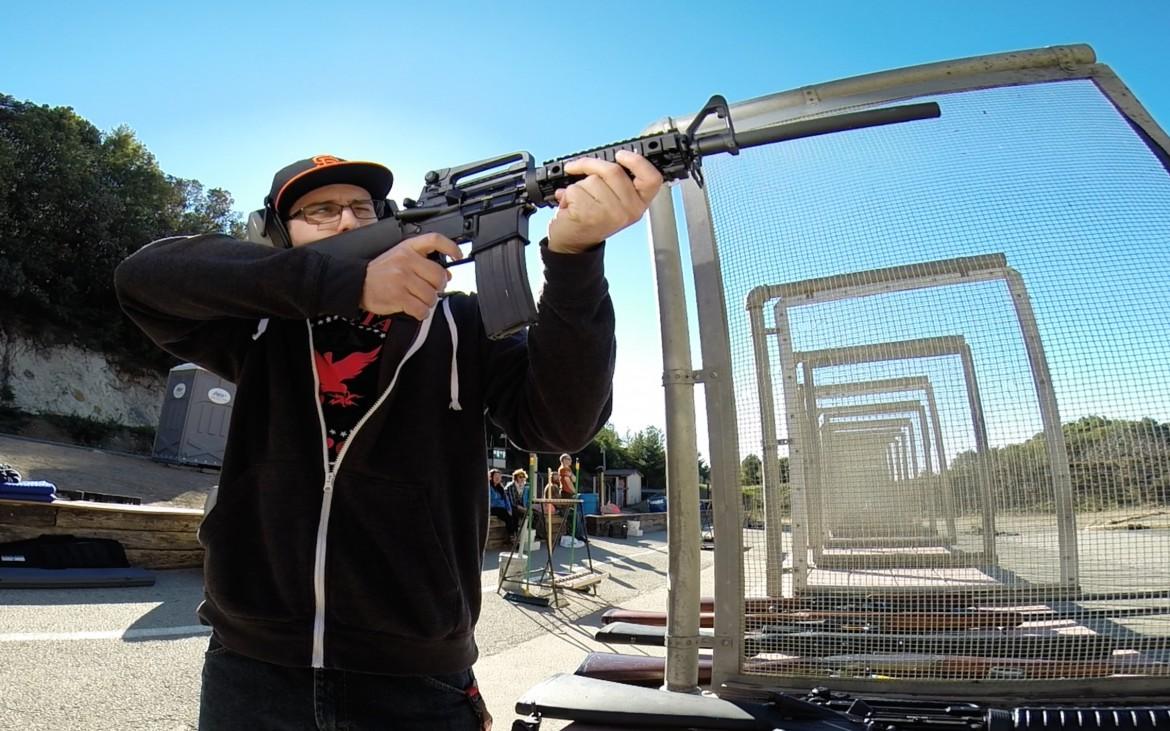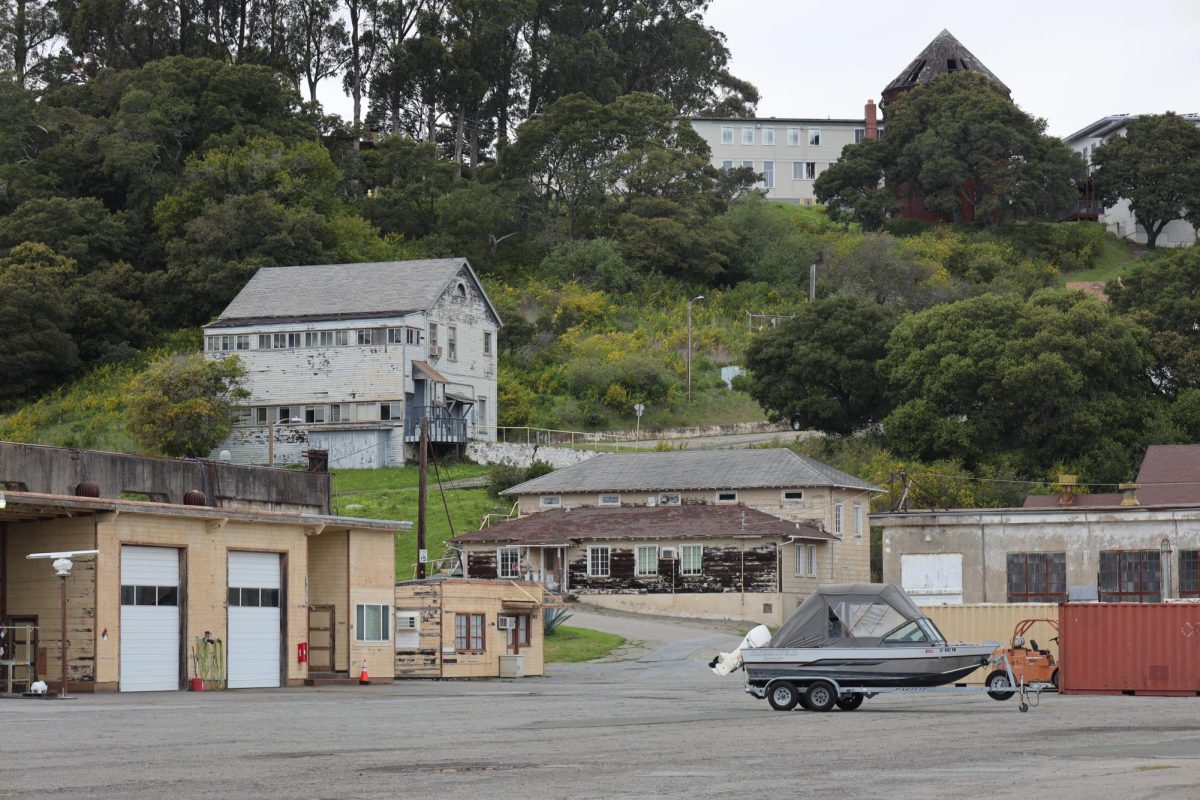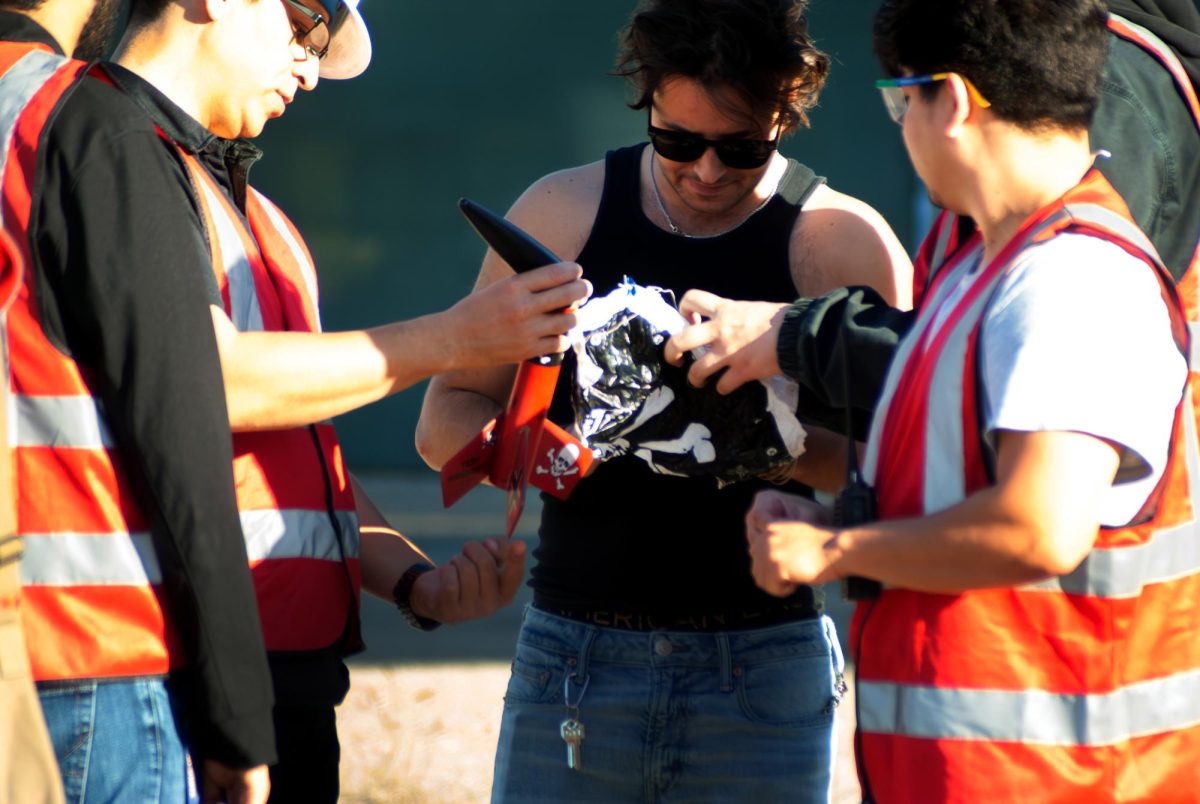Photos by David Henry
A gun is fired once the trigger is pulled, causing the hammer to hit the firing pin, which strikes the primer that ignites the smokeless powder, thus twisting the bullet down the barrel’s rifled interior, and onto its intended target. But in this instance, the gun, an AR-15, could not complete that sequence, without first being completed itself.
The AR-15, with its separable upper and lower receivers, has become the most popular buildable firearm nationwide, given its price and accessories aftermarket. Only recently, the AR-series lower receivers have been available in incomplete form for the user to complete. The less-than-legal nomenclature of “80 percent” has arrived to describe them, requiring machine-work to finish the gun to 100 percent functionality.

These incomplete firearm receivers, with more than hand tools, adept machining, and adequate funds, can be turned into guns legally without ever stepping foot into a gun store. The Gun Control Act of 1968 clearly states that “an unlicensed individual may make a ‘firearm,’ for his personal use, but not for sale or distribution.”
Carl, of Kerley’s Hunting and Outfitting in Cupertino, California, has been selling the registered, pre-made AR-15’s for more than a decade.
“We don’t sell ’80 percents’ here, but we have been selling fewer AR’s,” Carl said. “I know that we also have been selling a lot of upper receivers… That tells me a fair amount of people are building their own now.”
The upper receiver is combined with the lower, either pre-made at a factory or made by an individual, to make a working gun.
It is important to note that “80 percent” guns are not required to have a serial number, registration, or identifying marks unless for sale or transfer. Sale or transfer must happen under the supervision of a federal firearms license holder: basically gun stores.
Even though they start life as nothing more than fancy paperweights, guns that are made by private individuals must adhere to federal and state laws regarding the legal features of guns once they are operational: This is not a loophole for fully automatic guns. Moreover, if an individual is not eligible for firearm ownership to begin with, milling an incomplete receiver to complete status is still a felony, according to the Gun Control Act.
Even still, final word on what is and is not a firearm comes from the Bureau of Alcohol, Tobacco, Firearms and Explosives. On two separate occasions, once in 2012 and again in late 2013, the ATF wrote memorandums legally qualifying features that constitute completion; all “80 percent” receivers now follow this framework in order to avoid being sold as guns.
In short, the lower receiver must not have the capability of dropping the firing pin on the primer of the bullet, thus ejecting the round. It can, however, have provisions for a grip and buttock, fully-formed magazine well and assembly lugs, and minute aspects like a bolt release lever.
When gun purchases skyrocketed under the specter of President Obama’s 2012 gun control push, which followed the Newtown Connecticut shooting, AR-15’s sold out in days, according to the Office of the Attorney General. Major retailers like Cabela’s, MidwayUSA, and Walmart, had no inventory and no estimates for replenishment.
All told, the ATF estimated that nearly 1.1 million guns were sold in the U.S. for the year 2012 — the most ever in a single year. This statistic was the basis for the National Rifle Association calling President Obama “the best gun salesman in history.”

With demand outstripping supply, new non-gun makers sprang up to sell incomplete AR-series lower receivers to meet demand. These sellers were able to pop up quickly because they were not selling firearms; therefore sellers did not need to apply for an expensive and onerous federal firearms license.
Ares Armor, 80Percent Arms, and the now-famous Defense Distributed, are companies that hold major market share in the buildable firearms industry. These companies, and others, have been so successful that they have moved on from offering just AR-15 components, to offering kits to build AK-47’s and model 1911 pistols: supremely popular guns.
What once fired the basic .223/5.56 caliber cartridge, the buildable AR-15’s can be tailored to the users shooting needs: A bullet as small as a .22lr, designed for plinking soda cans at the range, or something as massive as the .50 BMG, which is designed for extremely long range shooting, can be chambered.

The .50 BMG caliber is presently illegal in California after the passage of the 2004 .50 Caliber BMG Regulation Act. California is the only state to enact such restrictions, citing the bullet’s threat to the “health, safety, and security of all residents,” which is the language of the regulation act.
These various caliber options allow AR owners to quickly change their upper receiver, while keeping their original lower receiver to fire a different caliber based on what ammunition is available.
The culmination of all this is the gun owners, who seem to face stigma due to the actions of a psychotic few, want anonymity, choice, and convenience.
Greg Phaxton is a gun collector and shooting enthusiast who has recently turned an “80 percent” lower into a shooting, precise gun.
“I really think the ’80 percent’ receiver has changed how we view guns and regulations forever,” said Phaxton. “I first bought one ’80 percent’ receiver, did a rough job finishing it, and it shot just like my Bushmaster.”
Bushmaster, located in Windham, Maine, has been a long-time producer of the AR-15.
“Nearly every caliber I can afford to shoot, I can make an AR for now,” Phaxton said. “It still is expensive though.”
Factory-made AR-15’s can sell for as low as $799 to as high as $5,000; The average “80 percent” is $120, but depending on the quality of material, design aspects, and caliber, the price fluctuates.

Nevertheless, the tooling to complete a receiver can be hugely expensive. Factors of speed, repetition, precision, and automation, all play a role in deciding what tools to buy.
A $72 Ryobi router with $50 worth of end-mills could complete the job, but ensuring tight tolerances would be hard. On the other hand, a $60,000 5-axis CNC machine could complete the job to within one thousandths of an inch by hitting the “enter” key on a keyboard.
Even still, once tooling has been acquired, further spending is still required; but the buildable firearms trend is not about cost cutting. It is done in a sort of protest, a pushback against gun-owner generalization, or simply to stay off the grid.
“I just want to be left alone,” Phaxton said. “I’ve broken no laws.”





![Hashem Mishal using an angle grinder to cut a drill bit, in the SAE team’s garage at SF State on Tuesday, Nov. 12, 2024. “We don't get anything from the school other than this workshop,” Mishal said. “Our advisor, he runs the shop, and he also works with us to try and get as [many] opportunities as possible. So it was really nice, in helping us get this space, but all the tools are just some of the guys’ or third parties’. I don't know where these tools came from, but a lot of it was sponsors, donations from alumni. Right now, all the hardware we’ve been paying out of pocket for the time being.” (Jonah Chambliss / Xpress Magazine)](https://xpressmagazine.org/wp-content/uploads/2024/12/Chambliss_F1_001_LEDEPHOTO-1200x800.jpg)








